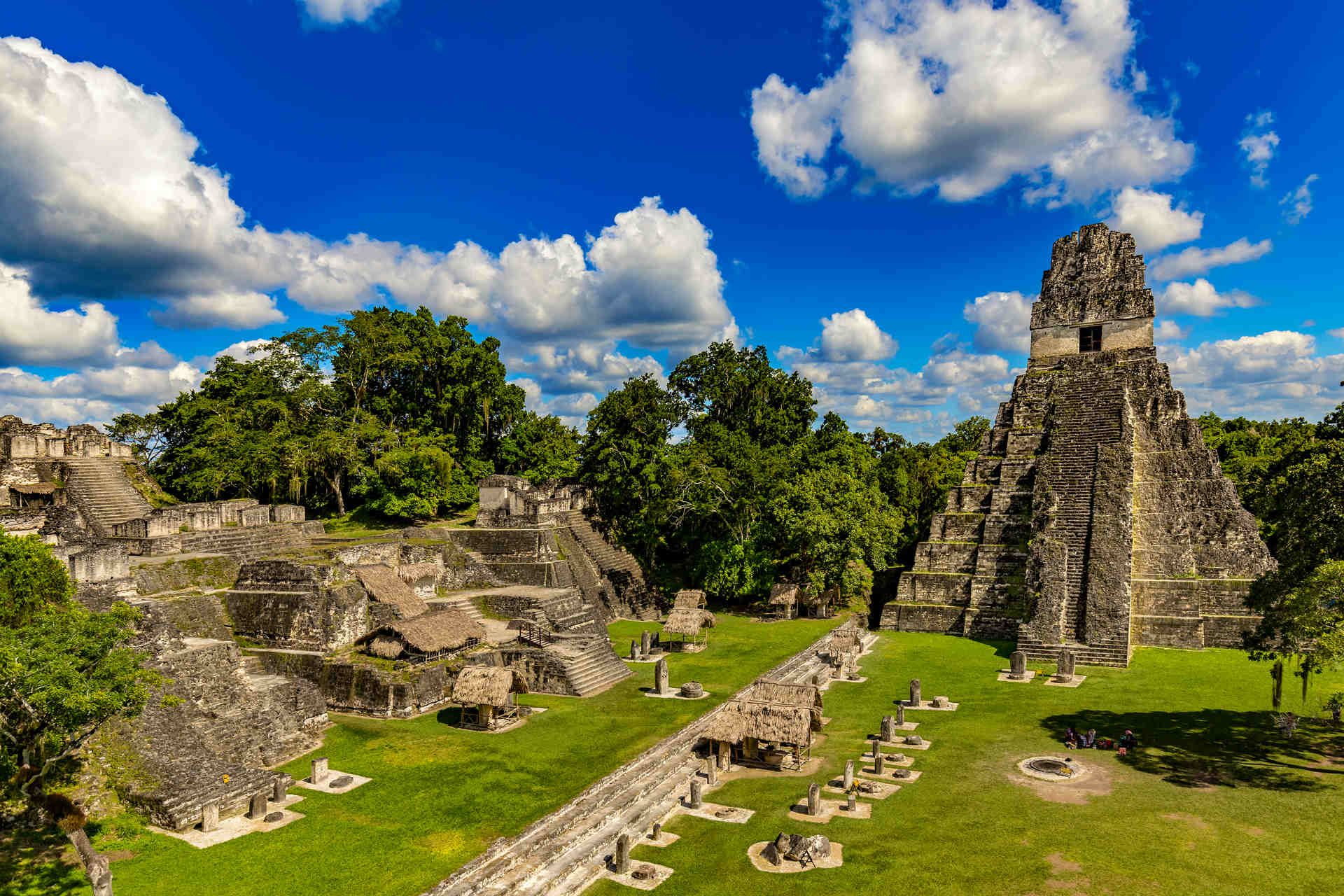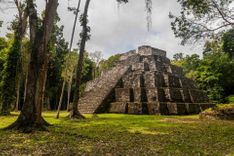1. Acatenango
If you’re up for a challenge, hiking Acatenango is one of those things you’ll probably always remember. It’s a tough climb — around 13,045 feet (3,976m) — and you’ll definitely feel it, especially with the altitude and cold. But the main reason people do it is for the views of Fuego, the nearby volcano that’s active and often erupts throughout the night.
Most people camp near the summit. That way, you can catch Fuego’s eruptions after dark, then wake up early for sunrise above the clouds. Just be ready for freezing temperatures and sore muscles the next day.
How to get to Acatenango
Antigua is the usual base. Most hikers join a guided overnight trip, which includes transport and gear. You’ll want good boots, warm clothes, and enough water — the hike starts at about 7,875 feet (2,400 m) and gets steep pretty quickly.
When to visit Acatenango
November to April is the dry season, which usually means better views of Fuego. If you can, try going during the week to avoid big crowds at the campsite. Nights are always cold, no matter the season, so bring layers. Most groups start early in the day to make it to camp before sunset.
2. Antigua
Antigua is one of those places where you can spend days just walking around. It’s known for its colonial buildings, cobblestone streets, and a pretty relaxed pace. A lot of travelers end up staying longer than planned — there are language schools, cafés, bars, and markets, and it’s just easy to be here.
How to get to Antigua
It’s an easy ride from Guatemala City. Shuttles from the airport take around 45 minutes, and public buses leave from the main terminal. Some travelers book a private car for convenience. Once you're in Antigua, you probably won’t need transport — it’s very walkable, but tuk-tuks are around if you need them.
When to visit Antigua
Dry season (November through April) usually means clear skies and less rain. If you’re around for Semana Santa (Easter week), you’ll see big processions and elaborate street carpets. Mornings are usually quieter and a good time to explore before it gets busy.


























